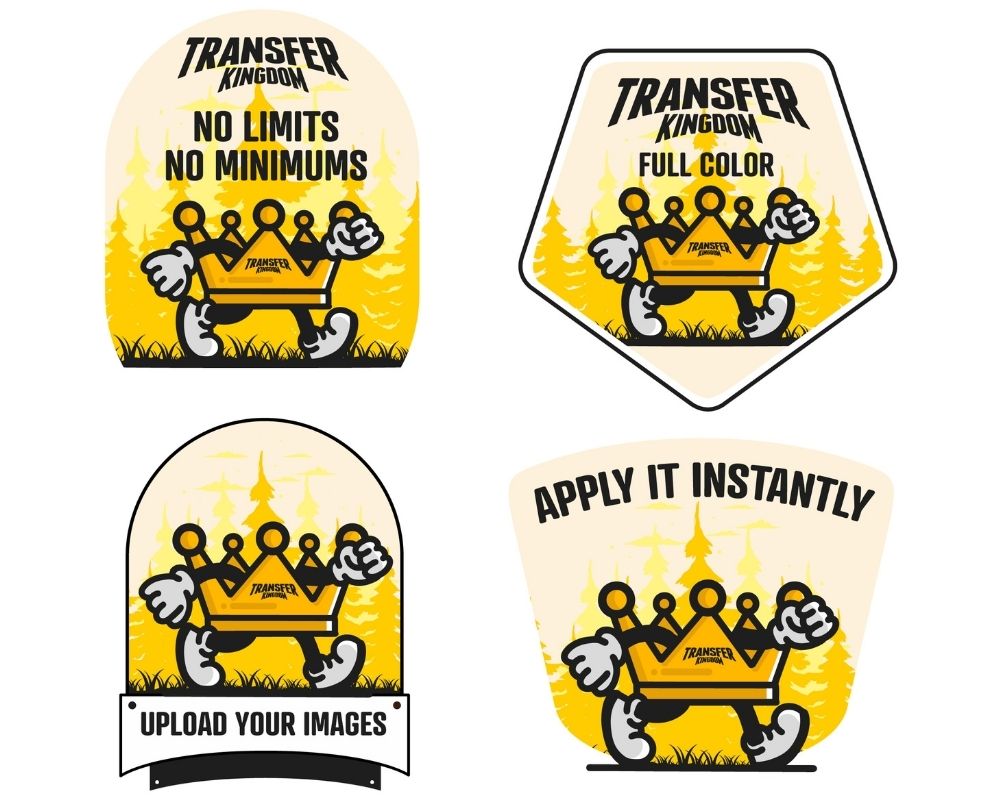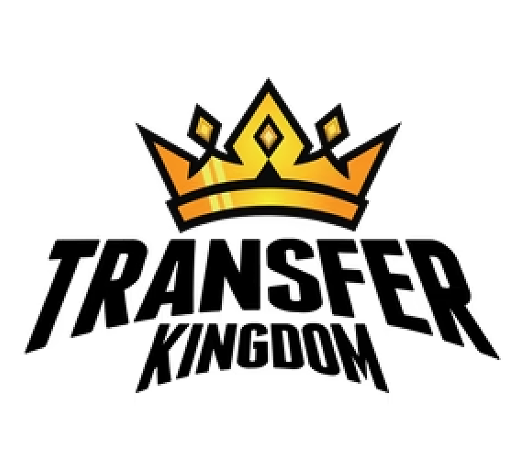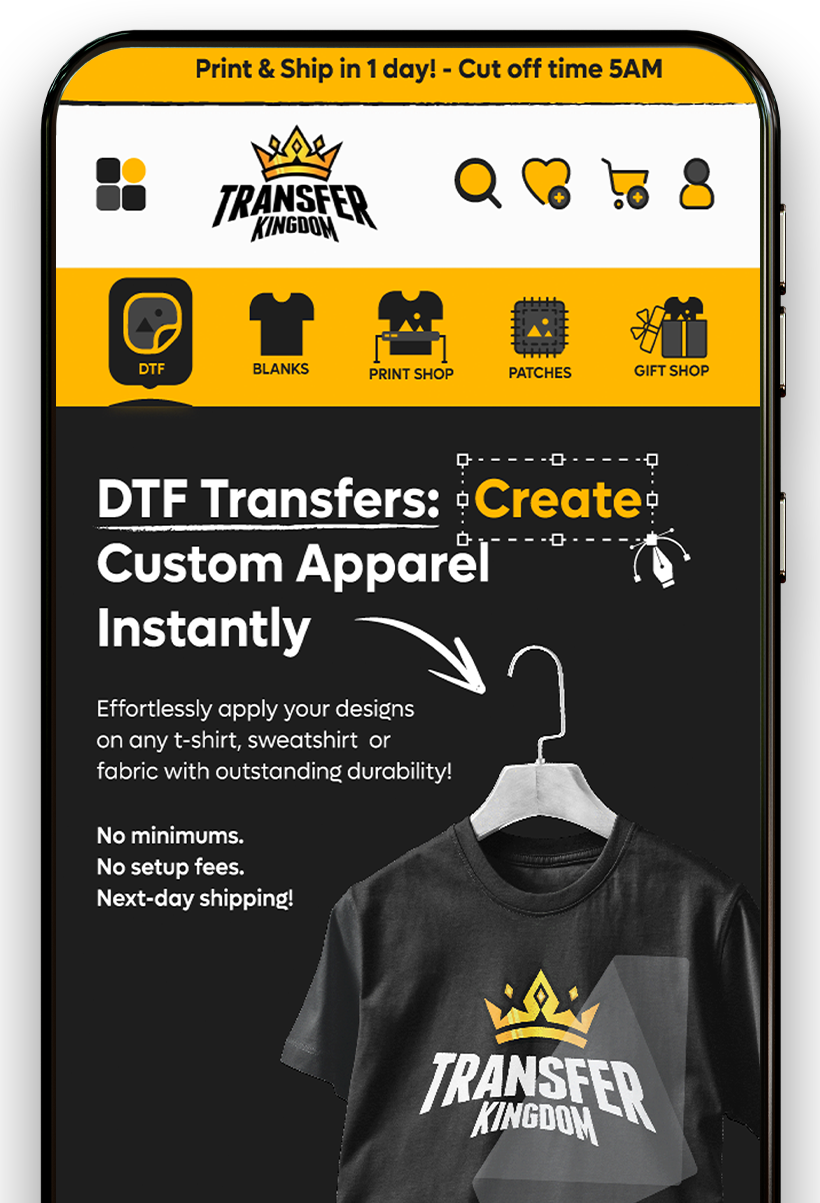How To Choose Products For Your T-Shirt Business: Proven Steps, Fabrics, Blanks, and Pricing

Table of Contents
If you’re building a t-shirt business, product selection is where profits are made or lost. Below is a practical framework synthesized from leading industry guides that cover niches, fabrics, quality cues, and pricing so you can choose winning t-shirt business products with confidence.

Step 1: Clarify your audience and product role
Successful t-shirt business decisions start with a niche and a clear promise: who the shirt is for, when it’s worn, and why it’s better. Big guides recommend carving out a specific segment before you pick blanks or art styles—because message–market fit drives conversions and repeat buys.
Quick prompts:
Who exactly is the wearer (age, vibe, community)?
What usage scenario (events, work, athleisure, school spirit)?
What “win” matters most (comfort, premium feel, eco story, price)?
Explore ready-made themes to test interest fast using ready-to-press designs: Teachers transfers, Funny transfers, Mardi Gras, or Back to School.
Step 2: Choose fabrics that fit the promise
Fabric drives feel, durability, and print results. Research highlights three dependable lanes:
100% cotton: soft, breathable, easy to sell; shrinks more unless pre-shrunk.
Cotton/poly blends (e.g., 50/50, tri-blends): balance softness with strength and shape retention—very popular for modern tees.
Performance polyester: moisture-wicking, athletic look and feel.
Deep dive on compatibility for DTF: see Transfer Kingdom’s fabrics for DTF transfers guide.
Step 3: Select blanks and construction quality
When picking blanks for a t-shirt business, scan for:
Consistent sizing and fit notes from the supplier
Fabric weight (light 4.2 oz vs heavier 6 oz) matched to your brand feel
Stitch quality (double-needle hems, taped neck/shoulders)
Pre-shrunk fabrics and color fastness
Industry roundups emphasize brand reputation, durable stitching, and pre-shrunk fabrics for long-term customer happiness.
Want a refresher on blank selection? Use our article on wholesale blank T-shirts for DTF.

Step 4: Align print method with products
DTF is highly versatile across cotton, blends, nylon, and more, letting your t-shirt business carry a wider product mix without juggling multiple print systems. If you plan screen print or sublimation for specific SKUs, confirm the blank–method compatibility first; many pro lists call this out as a must-do quality gate.
Learn the basics in What is DTF Printing? and the trade-offs in Pros and Cons of DTF Transfers.
Step 5: Price to margin, not to hope
Use keystone or contribution-margin thinking: landed blank + print + labor + packaging + platform fees → target margin. Starter guides recommend validating price acceptance with small runs before scaling.
Run scenarios with our Custom DTF Price Calculator.
Step 6: Validate demand before committing inventory
A lean way to test multiple designs in your t-shirt business is to order small batches or gang sheets, gather feedback, then scale what sells.
Order custom DTF transfers by size for one-off trials
Use the Gang Sheet Builder to test many designs at once
Or move fast with pre-made gang sheets
What’s a gang sheet? Here’s a quick primer: What is a Gang Sheet?
Snapshot chart: match product, audience, and print plan
| Product lane | Audience fit | Fabric pick | Print plan | Margin notes |
|---|---|---|---|---|
| Premium everyday tee | Lifestyle, creators | Cotton/poly blend or combed cotton | DTF for color depth | Higher AOV, emphasize feel |
| Event/occasion tee | Schools, clubs, holidays | 100% cotton | DTF for speed and variety | Time-boxed demand; price for urgency |
| Performance tee | Fitness, outdoor | Polyester/performance blends | DTF compatible; mind press settings | Upsell to hoodies/hats |
Step 7: Build a scalable catalog
Curate a few evergreen winners, then layer seasonal capsules. A structured approach—styles, fits, and budgets—streamlines production and keeps the t-shirt business agile. Detailed product-selection checklists from industry guides can speed this step.
Need supply fast? Start with ready-to-press designs and adjust based on sell-through.

Step 8: Decide when to print in-house vs. buy
If your t-shirt business is early, buying transfers keeps focus on design and sales; in-house printing becomes attractive at sustained volume. For a grounded comparison, read our guide: Print DTF Transfers In-House or Buy?
FAQs
What’s the first decision when choosing products for a t-shirt business?
Which fabric is safest for a general-audience t-shirt business?
Is 100% cotton or polyester better for DTF?
Both work; cotton is soft and classic, polyester offers performance. Check press settings and finish. See our fabrics for DTF guide.
How do I spot durable blanks?
What’s the fastest way to validate designs?
Order custom transfers or a gang sheet and test in small batches.
Should a new t-shirt business print in-house?
Usually, no—buy transfers first, then revisit in-house once volume is steady. Read our comparison: in-house vs. buy.
Are heavier tees always better?
How many core products should a new t-shirt business launch with?
What if I need many colors in one design?
DTF has no color limits—start with custom transfers or browse ready-to-press designs.








